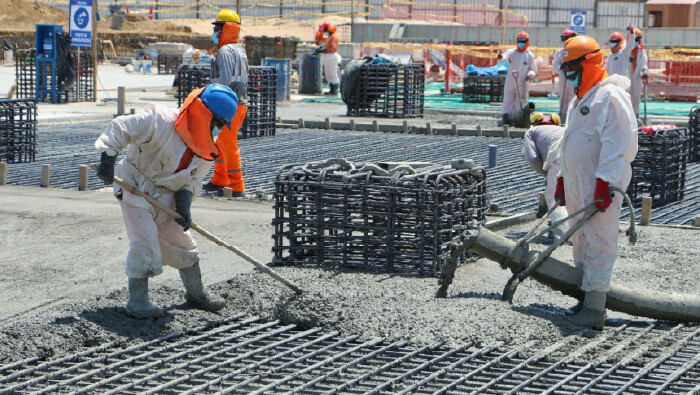
Lima, Peru – Peru's economy has staged a remarkable recovery, growing by 3.2% this year, according to Economy and Finance Minister José Arista. This growth, he said, was fueled by the government's decision to implement an expansive fiscal policy focused on public investment rather than recurrent spending.
The country emerged from a recession in 2023, facing a trifecta of challenges: contracting economic growth, low business expectations, and a 17-year high real interest rate. To counter these headwinds, the government opted for a significant boost in public investment.
Public investment has surged by 18% year-on-year, reaching a record high of over S/51 billion. This is a substantial increase from the previous year's peak of S/39 billion.
Arista highlighted other positive economic indicators, including an unemployment rate below 4%, a trade surplus, and robust international reserves exceeding US$83 billion. Additionally, inflation has been well-controlled.
Despite this progress, the minister emphasized the need for continued fiscal discipline. Peru's debt-to-GDP ratio remains relatively low at 32%, the lowest in the region. However, the government is working to increase tax revenue, which is currently among the lowest in Latin America.
Looking ahead, the government forecasts a 3% growth rate for 2025, but Arista expressed optimism that private investment could push this figure even higher, potentially reaching 4.1%. To achieve sustainable long-term growth, he argued that the country needs to expand at a rate of 5% or 6% annually.
Arista underscored the importance of addressing issues such as security, illegal mining, and bureaucratic red tape to create a more conducive business environment.
"We are not satisfied with a projected growth of 3%. We need to grow at 5%, 6%, or even 7% to reduce poverty levels in Peru," Arista said. "Peru has immense potential, but we must do our part. The executive branch is committed to making this a reality."
[Copyright (c) Global Economic Times. All Rights Reserved.]






























